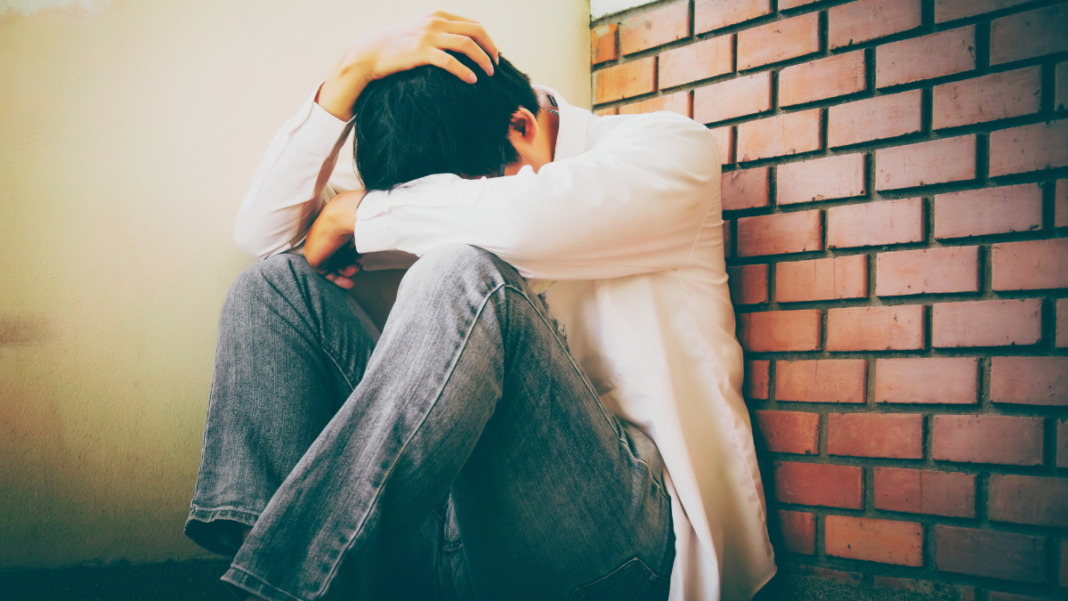Have you ever wondered who caused the Stock Market Crash of 1929? This infamous event marked the start of the Great Depression, a period of economic despair that gripped the world for a decade.
Join HTC News as we look deep into the key players and events that led to this catastrophic financial collapse.

A Bubble Waiting to Burst
The 1920s, often called the Roaring Twenties, was a decade of economic boom and prosperity in the United States. Innovations like the automobile and radio changed how people lived and worked. Stock prices soared, and many invested heavily, hoping to get rich quickly. But beneath the surface, this prosperity was built on shaky ground.
Warning Signs Ignored
As the late 1920s rolled in, speculation in the stock market reached a fever pitch. Investors were purchasing stocks on margin, essentially borrowing money to buy more stocks. This reckless practice led to inflated stock prices that bore no resemblance to the companies’ actual value. The market was a ticking time bomb. Regrettably, many turned a blind eye to the warning signs, firmly convinced that the market was invincible.
Misstep in Monetary Policy
The Federal Reserve, the central bank of the United States, also played a significant role. In 1928 and 1929, the Fed elevated interest rates to curb speculation. This move was intended to slow down the overheated economy but had unintended consequences. Higher interest rates made borrowing more expensive, so fewer people could afford to buy stocks. This reduction in buying pressure started the downward spiral.
Black Thursday
The crash was initiated on October 24, 1929, a day that would be forever known as Black Thursday. Panic gripped the market as millions of shares were traded, and stock prices plummeted. Despite the efforts of major banks to stabilize the market by purchasing shares, confidence was shattered. By the end of the day, the market had lost a staggering 11% of its value.
Black Tuesday
Just a few days later, on October 29, 1929, the market experienced a complete collapse. This day, forever etched in history as Black Tuesday, witnessed the market losing an additional 12%. The panic was not limited to Wall Street but spread nationwide, affecting everyone from bankers to small-time investors. It was a financial catastrophe that marked the end of the Roaring Twenties.
(more HTC News Investment Topics)
Banks and Businesses Collapse
The stock market crash blew up a chain reaction that reverberated throughout the economy. Banks heavily invested in the stock market lost their capital and faced runs from depositors. As banks crumbled, people’s savings evaporated. Businesses dependent on bank loans were forced into bankruptcy, triggering widespread job losses. The unemployment rate shot up, and the economy ground to a standstill.
Effects of the Stock Market Crash of 1929
The crash’s aftermath was a grim and enduring one. The Great Depression, a period of profound economic decline, cast a long, dark shadow over the world for nearly a decade. Unemployment rates soared to a staggering 25%, and countless individuals were left destitute, their homes and savings lost. The economic hardship was a global affliction, leading to a sharp downturn in international trade and a surge in poverty.
How Much Money Was Lost in the Stock Market Crash of 1929?
The financial loss was staggering. In just a few days, the stock market lost billions of dollars in value. It’s estimated that about $30 billion in wealth vanished, an astronomical amount at the time. To put it in perspective, this was more than the total cost of World War I for the United States. The wealth destruction wiped out years of gains and plunged the nation into economic despair.
Who Profited from the Stock Market Crash of 1929?
While millions suffered, some individuals managed to profit from the chaos. Joseph P. Kennedy, the father of President John F. Kennedy, is one notable example. He had the foresight to pull his money out of the market before the crash and later invested in undervalued assets. Similarly, a famous trader, Jesse Livermore, made a fortune by shorting stocks during the crash. These savvy investors capitalized on the panic and made significant profits, while others faced financial ruin.
Who’s Really Responsible?
So, who caused the Stock Market Crash of 1929? The answer isn’t simple. It was a perfect storm of factors. Speculative mania, risky financial practices, and a lack of regulatory oversight all played a part. The Federal Reserve’s monetary policy missteps also contributed to the downturn. Ultimately, it was a combination of human greed, economic imbalances, and policy failures that led to the crash.
Preventing Future Crashes
The 1929 crash served as a stark reminder of the perils of speculation and the crucial role of financial regulation. In response, the U.S. government took decisive action, implementing a series of reforms. The Securities Act of 1933 and the Securities Exchange Act of 1934 were enacted, establishing comprehensive regulations for the stock market and creating the Securities and Exchange Commission (SEC) to impose them. These measures were designed to instill confidence in the financial system and to serve as a bulwark against future crashes.
Conclusion: A Cautionary Tale
So, Who caused the Stock Market Crash of 1929? The real question is “what”. It’s a series of factors that led to the great collapse. It is a valuable reminder of the risks inherent in financial markets that remain relevant even in our present financial climate. It demonstrates how quickly fortunes can be lost and underscores the importance of prudent investing and sound economic policies. While the exact causes can be debated, the crash’s impact is undeniable. By understanding the factors that led to this disaster, we can better navigate the financial markets and avoid repeating past mistakes.
By learning from history, we can make informed decisions and promote a stable and prosperous economy for future generations. So, the next time you hear about a market bubble or an overheated economy, remember the lessons of 1929 and tread carefully.
Frequently Asked Questions About Who Caused Stock Market Crash of 1929
What exactly caused the 1929 Stock Market Crash?
The crash was caused by a mix of speculative trading, risky financial practices, and poor regulatory oversight. The Federal Reserve’s decision to elevate interest rates also played a significant role.
How did buying stocks on margin contribute to the crash?
Buying on margin means borrowing money to buy stocks. This practice inflated stock prices, creating a bubble that burst when investors could no longer afford the margin calls.
Was the Stock Market Crash of 1929 the only cause of the Great Depression?
No. While the crash was a significant trigger, the Great Depression was also caused by bank failures, a reduction in consumer spending, and declining international trade.
How long did it take for the stock market to recuperate after the 1929 crash?
The market did not fully recover until the early 1950s. It took more than two decades for stock prices to reach their pre-crash levels.
Did any regulations come about as a result of the crash?
Yes, the 1933 Securities Act and the 1934 Securities Exchange Act were accomplished to control the stock market and prevent future crashes. These acts also established the SEC.
Who were some notable individuals who profited from the crash?
Joseph P. Kennedy and Jesse Livermore are two individuals who profited. Kennedy pulled out of the market before the crash, while Livermore shorted stocks and made a fortune.
How much money was lost during the Stock Market Crash of 1929?
It’s estimated that about $30 billion was lost in the crash, an enormous sum at the time—more than the total cost of World War I for the United States.
What were some immediate effects of the stock market crash on banks?
Many banks failed because they had invested heavily in the stock market. This led to bank runs, where panicked depositors withdrew their savings, causing even more banks to collapse.
How did the stock market crash affect ordinary people?
The collision led to massive unemployment, loss of savings, and widespread economic hardship. Many people lost their homes and had to rely on soup kitchens and charities for survival.
What lessons can investors learn from the 1929 Stock Market Crash?
Investors should be wary of speculative bubbles and the risks of buying on margin. Diversification, prudent investing, and understanding market fundamentals are crucial to avoiding similar disasters.
read more: Raspberry Pi Shares Skyrocket 39% in Market Debut


